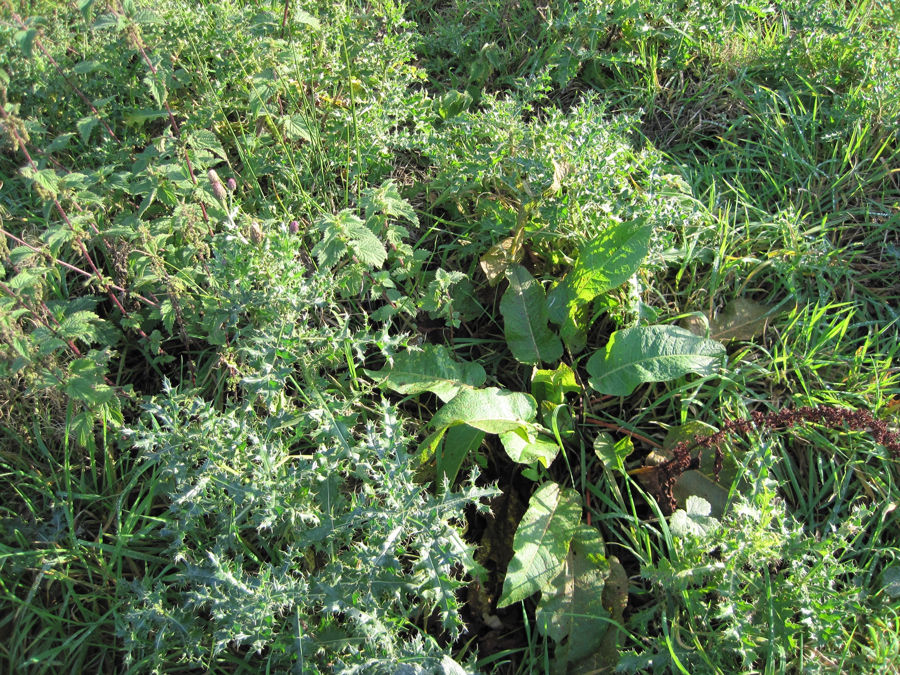Follow the label when using Forefront T
17th July 2020
Farmers using Forefront T to control perennial weeds such as docks, thistles, ragwort and nettles to turn infested pasture back into productive grassland, must remember treatment comes with certain obligations.
Farmers using Forefront T to control perennial weeds such as docks, thistles, ragwort and nettles to turn infested pasture back into productive grassland, must remember treatment comes with certain obligations.
“Forefront T must only be used in fields that are grazed by cattle or sheep and must not be used on grass that will be cut for hay or silage,’ explains Dr Nicola Perry, weed biology specialist for Corteva Agriscience.
“This is because the herbicide needs to be broken down by soil microbes, which readily happens when it passes out of an animal in its manure when grazing. If used in error on a crop that is later cut and conserved, the manure coming from the animals that eat it, collected in yards or stables, is less likely to meet these soil microbes, meaning the herbicide can still have some residual activity. If the manure is then applied back to fields or gardens, trace residues can have an impact on sensitive crops such as beans, potatoes and tomatoes. However, manure can be safely applied to fields growing grass, maize or cereals.
“It is really important that farmers read the label and adhere to the restrictions. A pictogram acts as a reminder on the product cap. Forefront T also needs the recommendation of a BASIS qualified adviser before it can be applied.”
If hay or silage is inadvertently made from grass treated with Forefront T, this must stay on the farm of origin and any resulting manure only applied back to grazing fields. It must never be sold to feed horses as their manure often makes its way to gardens and allotments where susceptible crops might be affected.
Forefront T offers the best long-term control of high populations of difficult grassland weeds. A single, well-timed application can control weeds for up to 18 months.

